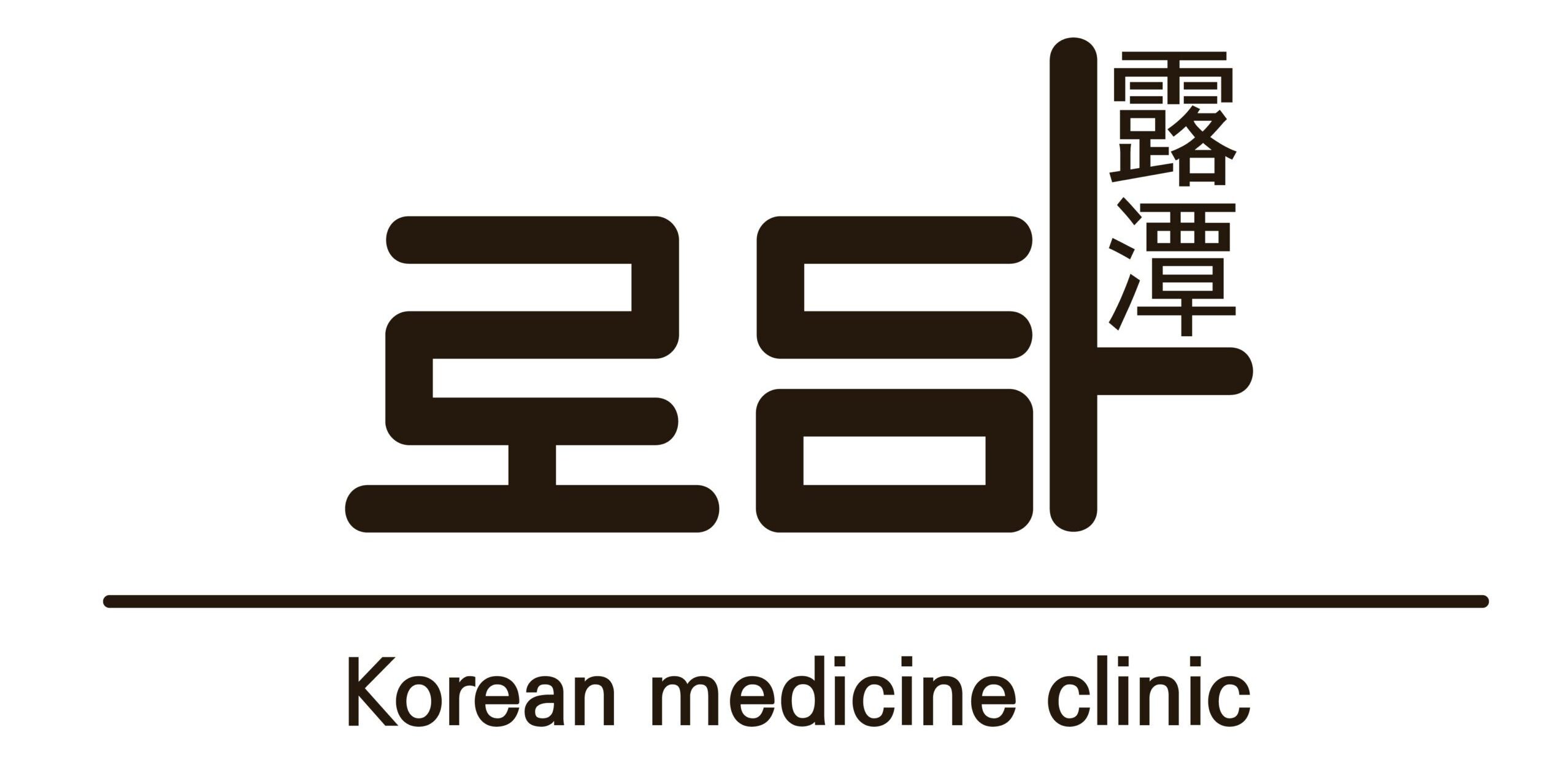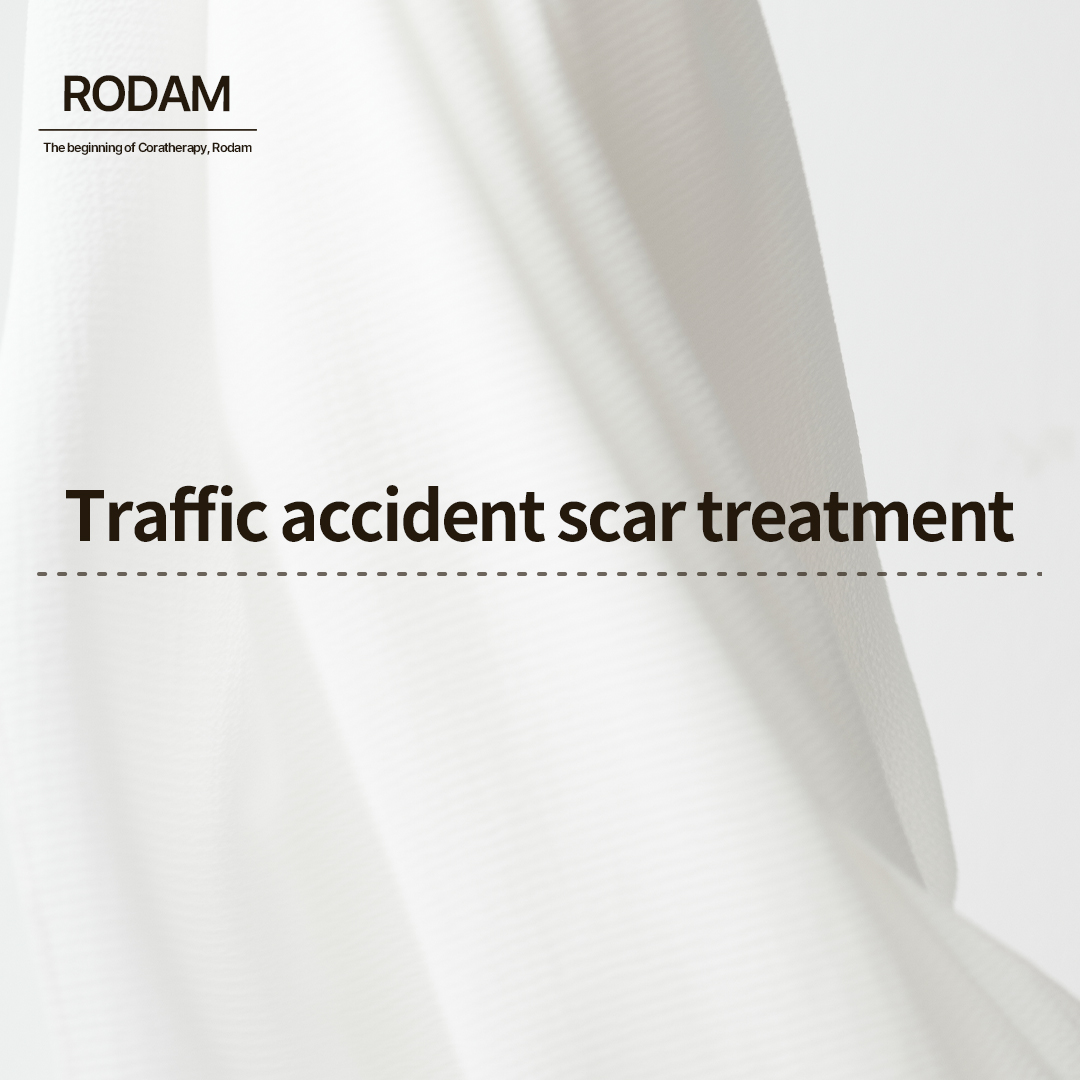
Coratherapy Treatment for Traffic Accident Scars and Depressed Eye Scars at Rodam Korean Medicine Clinic
Hello, this is Rodam Korean Medicine Clinic, where the journey of removing scars begins with Coratherapy.
Car accidents leave more than just physical impacts.
Even after the moment of the accident has passed, the indented scars left on the body can revive those memories for a long time, causing emotional pain.
Particularly, if a scar remains on the face, it can remind you of that day every time you look in the mirror,
make you conscious of others’ gazes, and inevitably lower your confidence.
Sometimes, what is harder than the accident itself is fighting the traces left on your body and mind in the life that follows.
In this article, we will explore how to treat indented scars caused by car accidents
and look into the process through an actual case.
We hope that removing scars is not just about improving appearance,
but becomes the first step toward emotional recovery.

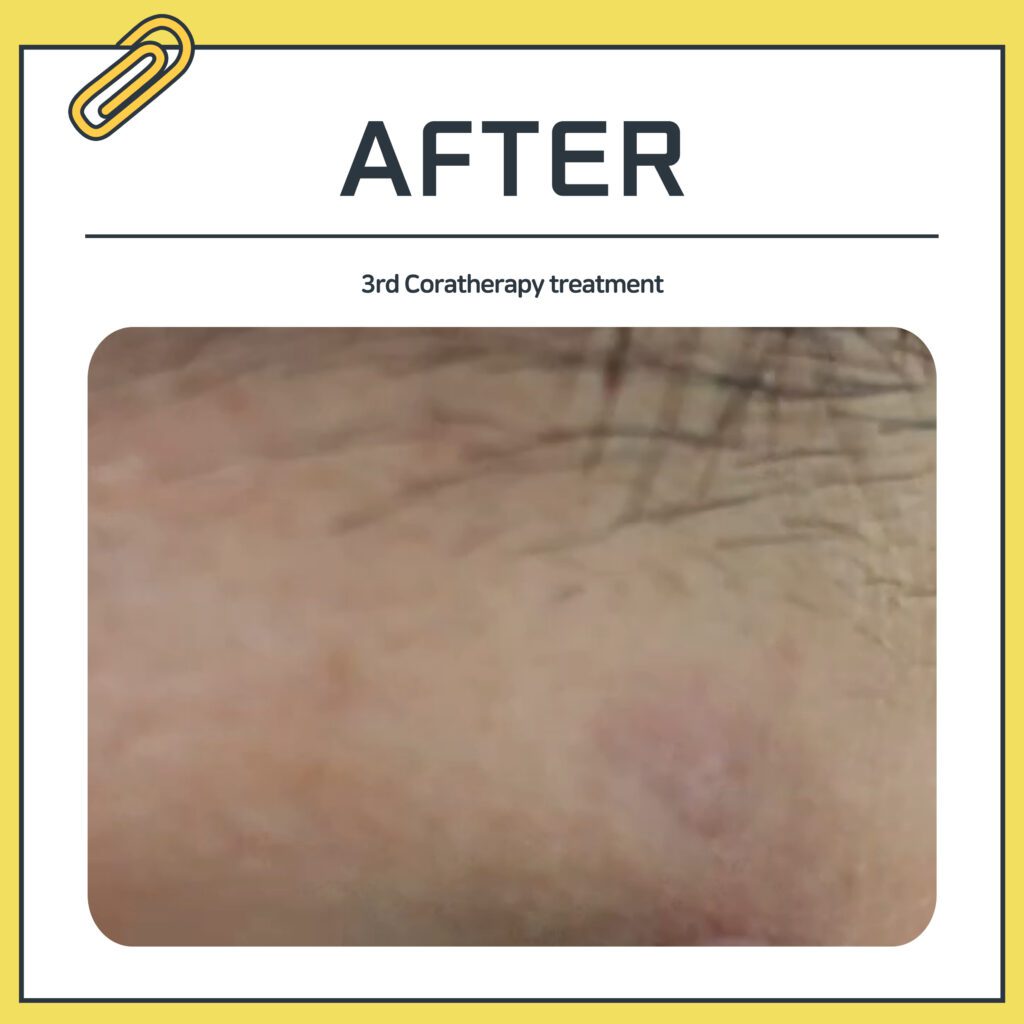
Case :: Scar from a car accident 3 years ago
History :: Experience with various laser treatments and thread lifting
Report :: 9 sessions of Coratherapy
This patient visited us due to a scar on their face caused by a car accident 3 years ago.
The patient had tried various treatments such as laser procedures, Fraxel, YAG laser, and thread lifting,
but was unable to achieve satisfactory results.
Particularly, the scar near the eye area, where the skin is thin, posed limitations for the aforementioned treatments.
The patient sought a new method and visited Rodam Korean Medicine Clinic with their last hope.
Rodam Korean Medicine Clinic’s indented scar treatment method, Coratherapy,
stimulates the dermis layer of the scar area microscopically to break the adhered tissue
and guides regenerative substances to fill the space.
This process utilizes the skin’s natural healing ability to generate new skin,
improving indented scars or uneven skin to become smoother.
Thus, even scars on thin skin areas like near the eyes can be effectively treated.
However, as the patient was encountering this treatment for the first time
and had experienced disappointment with previous treatments,
they wanted to first treat the scar on the upper part of the eye rather than all the scars around the eye.
Understanding this sentiment, we did not recommend additional treatment for other areas
and focused solely on completing 9 sessions of Coratherapy for the specified area.
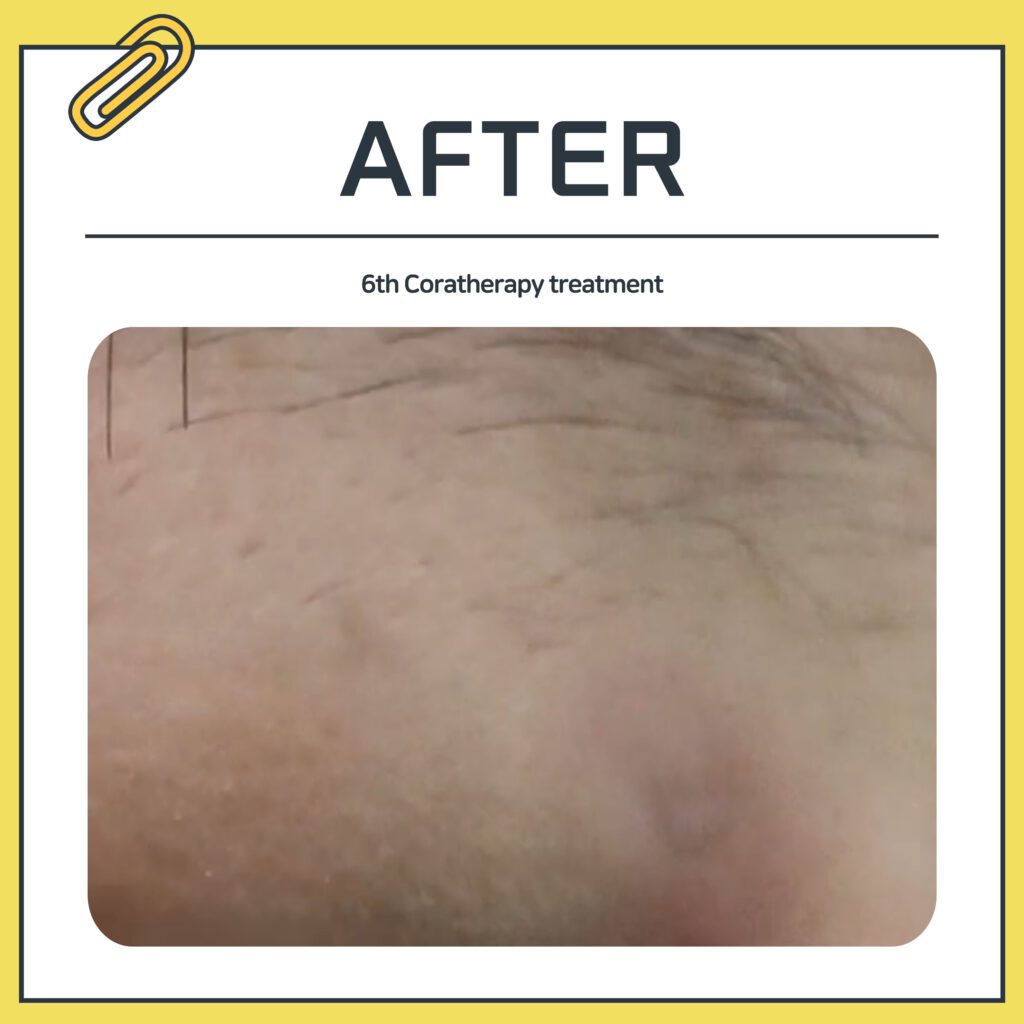
Even when comparing the 3rd and 6th sessions,
it is evident that the scar area has become almost unnoticeable.
Only a slightly darker tone remains on the edges of the scar.
Notably, the difference in skin texture between the scar and the surrounding area is almost negligible.
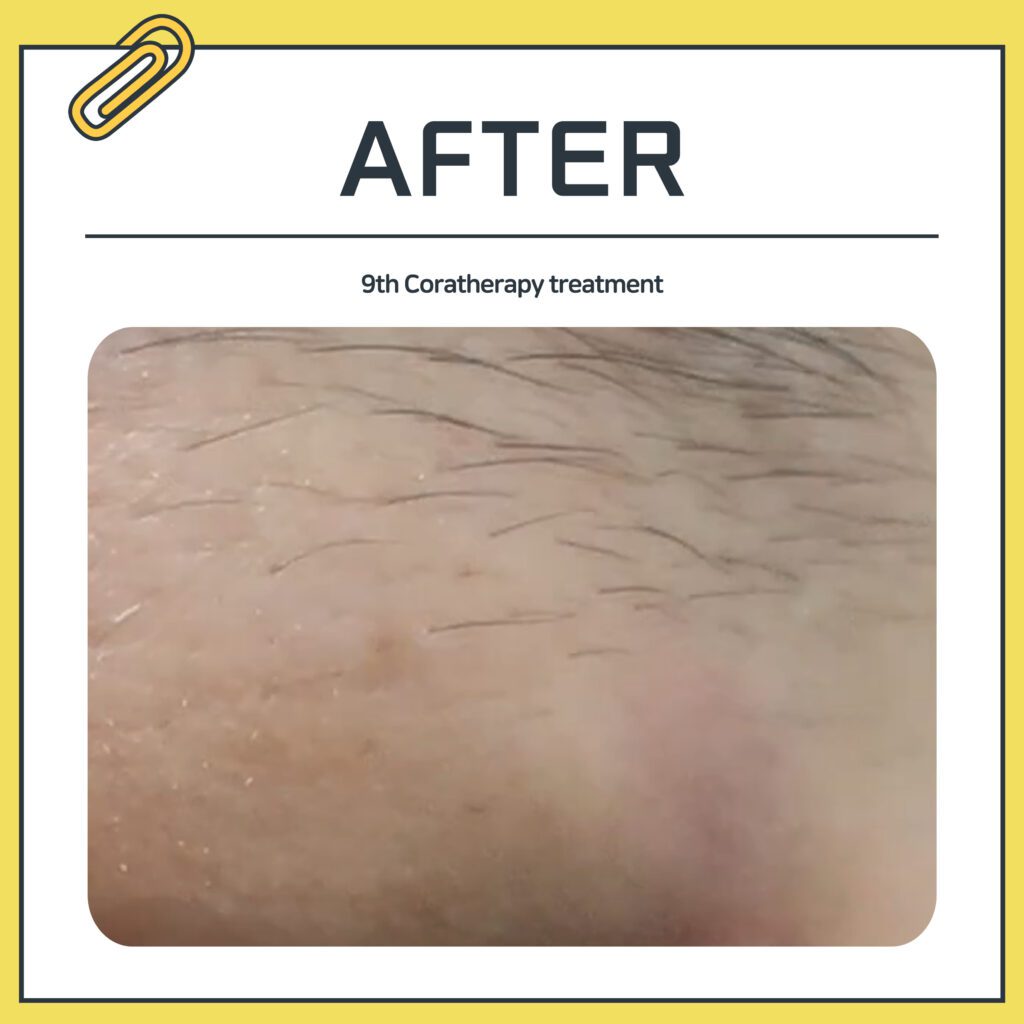
By the end of the 9 Coratherapy sessions,
it became difficult to identify where the scar had been.
Additionally, even when applying makeup, the unevenness was barely noticeable,
leaving the patient very satisfied.
This demonstrates that despite being a sensitive area like near the eyes,
Coratherapy is effective for treating indented scars.
Of course, treatment results may vary depending on the patient’s condition, the type and depth of the scar,
and the treatment method.
However, as shown in this case, even for those who were unable to achieve satisfactory results with previous treatments,
Coratherapy offers a hopeful possibility for improvement.
So, for those who have undergone various treatments
but have yet to see results and feel despair,
we cautiously recommend choosing Coratherapy at Rodam Korean Medicine Clinic,
where we strive to heal not only scars but also the emotional wounds associated with them.
We hope today’s article has helped alleviate your concerns even slightly.
If you have any further questions, please feel free to reach out to us anytime.
Rodam is always here waiting for you.
